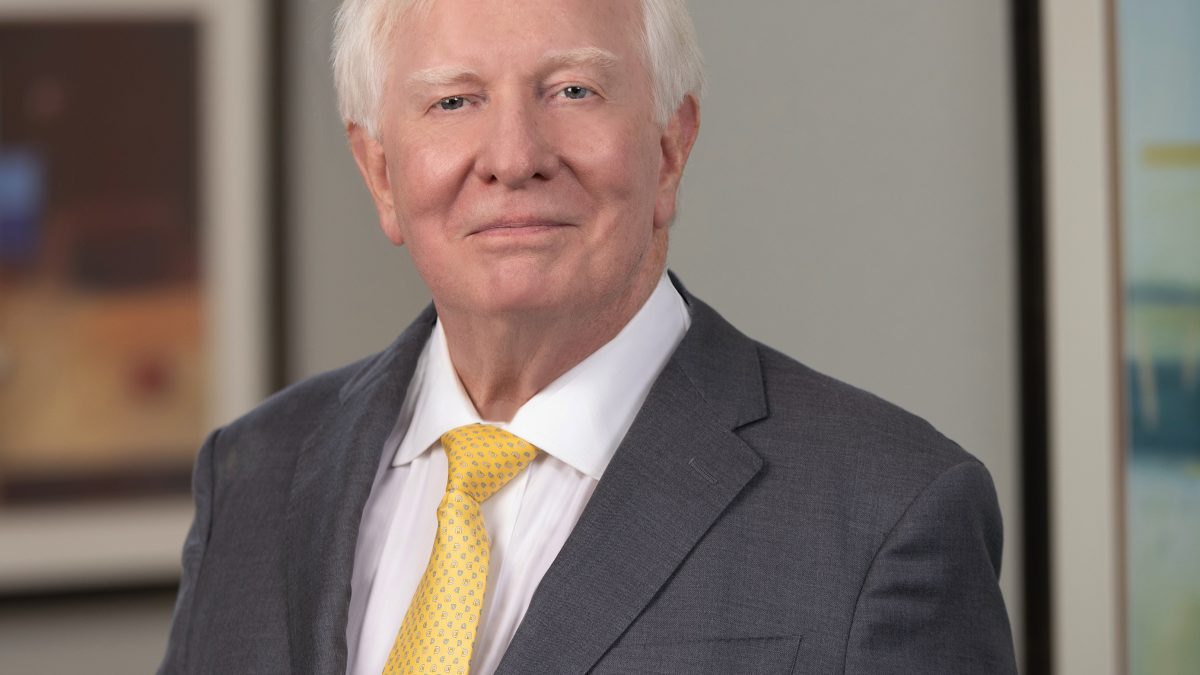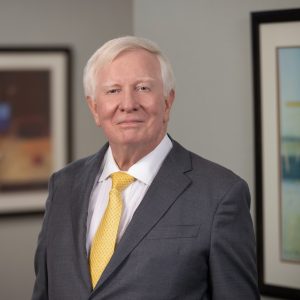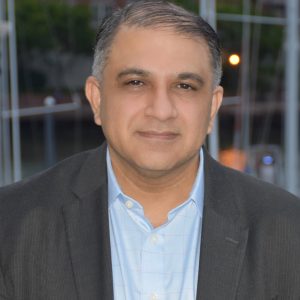Executive Leadership Series: How a CEO Left Semi-Retirement to Lead a Biotech Research Company’s Transition to Product Development

 Robert Bitterman
Robert Bitterman
Executive Chair and CEO
Phio Pharmaceuticals Corp.
When Ashton Tweed last talked with Robert Bitterman in 2018, he was helming the dermatology company he launched in 2005, Cutanea Life Sciences Inc. Japanese company Maruho Co. Ltd. acquired Cutanea in 2012 and Mr. Bitterman served the company for seven years.
In September 2022, Mr. Bitterman came out of semi-retirement to guide Phio Pharmaceuticals Inc. as it pivoted from discovery research to product development. He had served as a board member at the company since 2012. Based in Marlborough, MA., Phio is a clinical-stage biotechnology company listed on Nasdaq. Phio is developing patented compounds from INTASYL™, its proprietary technology platform. INTASYL™ compounds are designed to make immune cells more effective at killing cancer cells based on RNA interference (RNAi). INTASYL can silence specific genes whose presence otherwise prevents our T-Cells from targeting cancerous tumor cells without the need for specialized formulations or drug delivery systems. The Food and Drug Administration recently approved Phio’s Investigational New Drug Application in less than 30 days.
Mr. Bitterman provides an update on his current role, explains why the job was too tempting to pass up and how he guided certain employees to pivot along with the company:
Ashton Tweed: At what point in the transition process did you become Phio’s CEO?
Robert Bitterman: When we commenced a strategic planning assessment a little over a year ago, that was the furthest thing from my mind.
I had a general understanding of the technology as a board member but did not fully comprehend its potential. During the course of the strategic planning exercise, I developed an appreciation for the possible applications of the technology to effectively treat areas of cancer in ways that other therapies could not. By the time we finished the process, the board asked me to consider taking the CEO role. Initially, I was reluctant. I had a life outside the time demands and pressures of directly leading a public company.
AT: What changed your mind?
RB: I said to myself, “This technology is so compelling to advance cancer patient treatment.” If INTASYL™ works for patients it would represent a major, medical contribution for unmet medical needs. I decided I was willing to give it everything I got have to make this a reality
AT: From an organizational standpoint, what have been your biggest challenges in taking over a company transitioning from research to drug development?
RB: We first had to effectively communicate that that the company would be pivoting direction, from pure discovery to drug development and that would require new, additional skill sets. We then had to design and communicate the plan so that everyone understood their changing responsibilities. We had to deploy our existing staff as best we could to continue to utilize their skill, but the new skills would need to be brought in from outside. Understand, Phio is a small company—with only 10 people in the organization when I was appointed to this role. So, I started recruiting a handful of drug development people from my past life who are very talented and had an excellent track record in moving new drug programs through the development, regulatory pathway to market approval.
There also needed to occur a cultural shift. Changing culture is not like flipping on a light switch. It’s a process of gradually getting people comfortable with the changes, and that requires significant communication both individually as well as in group settings. Each time we added a new person to the organization, we had to convey the rationale for the new role. We had to dispel any anxiety resulting from the addition of new people with new skill sets. While some might have perceived these additions as an invasion, we continually had to convey this as an evolution to a more productive company capable of creating tangible value.
So, my biggest organizational challenges were managing people’s expectations and assuring them that they can still be the best they can be without getting distracted by anxiety and fear for what the future might hold.
AT: How did you manage people’s expectations and address their fears?
RB: Every time we had a corporate Board Meeting I would subsequently meet with the entire organization and give an update of what we’re planning and how we were going to get there. There was a lot of group communication, but also one-on-one communication as well. You can get a pretty good read on people when you’re watching the body language in both group and individual settings and seeing how they’re adapting or adjusting.
AT: Is there any particular decision you’ve made that you’re especially proud of—something that was key to the company moving forward?
RB: One of my colleagues whom I had worked with previously asked which employees might be able to adapt and play other roles going forward. We had done some work with a rather unique personality instrument, which integrated the best aspects of a number of well-known testing algorithms. We examined people’s work preferences and styles, leveraging the instrument to identify a few individuals who might be able to fill new roles in the drug development process.
I really feel very good about identifying several legacy employees who have so effectively adapted into different roles that they never would have thought about as a career path. It has expanded their professional development and been beneficial to the company’s new path. I can see them self-actualizing in these new roles. Regardless of whatever happens in the future, they’re better equipped to face the marketplace.
AT: What roles have legacy employees transitioned to?
RB: Here are two examples. One employee was a principal scientist in the laboratory—a director-level employee who was great at outreach, had a great sense of humor, could think on the spot, and was very effective in both her oral and written communication skills. People naturally gravitated to her as a leader. We decided to move her into the role of a director of project management to oversee the creation of an integrated development plan. This was a perfect role for a person with technical knowledge who can capitalize on his/her leadership skills to effectively coordinate multiple cross functional activities covering a range of personalities.
AT: How did this employee respond?
RB: She said, “I’ve never done this before.” And her boss said, “We’ll get you there. You’ve got all the traits to be an excellent project leader.” She also has the scientific background to address questions that may come up regarding the project development plan. She’s now thriving in this new role; She has high potential to further advance in this company or anywhere else for that matter.
AT: And the other example?
RB: The second example is a younger employee who was conducting different types of lab experiments. He’s very extroverted and outspoken in a positive way. We moved him into a role researching and identifying potential manufacturing sources for both active pharmaceutical ingredients as well as the drug product. He now reports to directly to a senior VP who had many years’ experience in technology transfer and is effectively guiding him in his transition.
This employee had been questioning his career path working in the lab and now he’s thriving and learning in this new position. He has enough scientific background that he can talk to vendors about the processes and methods to be comfortable that the facility can make the product in the quantities and with the methods that are required. This job is perfectly suited to both his personality and his general work background. He’s learning about how to negotiate and we’re providing guidance along the way.
AT: It must be gratifying to see people succeed in their new jobs.
RB: It really is. When we first brought up making these moves, some of these people were understandably apprehensive. But it didn’t take them long to adapt. The resilient people have been a pleasure to lead. It’s one of my great sources of satisfaction.
AT: What advice would you give established CEOs who are contemplating whether to take on a new challenge?
RB: I guess everybody’s psyche is different. But it became clear to me after I went into semi-retirement with only my responsibilities on the Phio Board that it wasn’t quite enough for me. I always preferred to be on the field as opposed to being in the stands watching the game. I missed that and I felt I had more to give.
Phio has become a full-time job. It’s more than nine to five, five days a week. I am in continuous communication with different people on various subjects, Communication is one of the most important facets of my position and I spend a significant amount of time, not merely doing it, but trying to perfect it.
If you have confidence in the people who work with and for you, you’ll be surprised how they rise to the occasion to help you achieve your goals and objectives.
AT: Having your family’s support must be important as well.
RB: Very much so. Of course, you have to consider the impact your decisions will have on your family. At this stage in my life, I have my wife of almost 50 years, three grown children and four grandchildren, and they all live in the area. They’ve always known me to be very engaged in my work life. When I took on the CEO role at Phio, everyone in my family was very supportive. I think for the most part they’re happy that I’m happy.
Mr. Bitterman previously served as President, CEO and Board Director of Cutanea Life Sciences, President and CEO of Isolagen Inc., and President and General Manager of Dermik Laboratories, the global dermatology strategic business unit of Aventis S.A. He also held various positions of increasing responsibility in financial and commercial capacities within Aventis S.A. Mr. Bitterman earned an A.B. degree in Economics from The College of the Holy Cross and an MBA from Boston University. He also holds a Doctor of Humane Letters from the New York College of Podiatric Medicine. Mr. Bitterman and his wife live in Villanova, PA.





